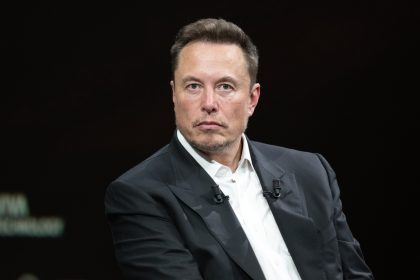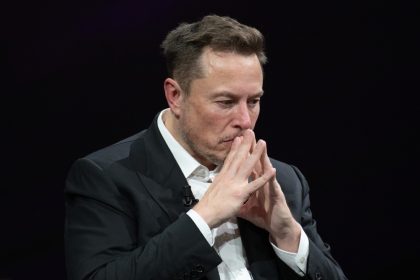The recent controversy surrounding Elon Musk‘s robotic creations and their alleged resemblance to designs from the 2004 film I, Robot is just the latest chapter in the long and fascinating history of science fiction’s influence on real-world technology. This incident serves as a springboard to explore the broader narrative of how imaginative storytelling has both inspired and cautioned us about technological progress.
Since the dawn of science fiction, visionary authors and filmmakers have conjured up fantastical devices that seemed impossible at the time, only for them to materialize years or even decades later. From Jules Verne’s submarine in Twenty Thousand Leagues Under the Sea inspiring real submersibles, to “Star Trek“‘s communicators presaging the development of flip phones, the genre has long been a wellspring of ideas for inventors and engineers.
H.G. Wells’ The War of the Worlds introduced the concept of heat-ray weapons, which decades later would evolve into the development of laser technology. Arthur C. Clarke’s communications satellites in 2001: A Space Odyssey became a reality just years after the novel’s publication. Even the internet itself bears striking similarities to the “cyberspace” as envisioned in William Gibson’s Neuromancer.
However, science fiction has always played a dual role – not just as a source of inspiration, but also as a cautionary tale about the potential pitfalls of unchecked technological advancement. Aldous Huxley’s Brave New World warned of a society dulled by technological comfort and genetic engineering. George Orwell’s 1984 foresaw the dangers of surveillance technology and information control. More recently, the “Black Mirror” series has explored the dark side of our increasing dependence on digital devices and social media.
These cautionary narratives serve as important reminders as we stand on the precipice of a new era in robotics and artificial intelligence. While the promise of humanoid assistants like Musk’s Optimus robot is enticing, it also raises complex ethical questions about automation, job displacement and the nature of human-machine interactions.
The blurring line between inspiration and imitation, as highlighted by the I, Robot controversy, underscores a crucial point: as we rush to bring science fiction concepts into reality, we must be mindful of both intellectual property concerns and the deeper ethical, if not moral, implications of these technologies. Are we creating truly original solutions to human problems, or simply replicating attractive fictional designs without fully considering their real-world impact?
Moreover, this situation invites us to reflect on our society’s growing reliance on technology. As we edge closer to a world where robots perform household tasks and AI-driven vehicles navigate our streets, we must heed the warnings embedded in countless science fiction narratives. The convenience offered by these advancements should not come at the cost of human agency, privacy or social connection.
The interplay between science fiction and technological innovation is a complex dance of inspiration, caution and ethical consideration. As we continue to push the boundaries of what’s possible, it’s crucial to balance our excitement for new technologies with a critical examination of their potential consequences. The stories we tell about the future have the power to shape that future — for better or for worse. It’s up to us to ensure that as we bring these fictional concepts into reality, we do so with wisdom, originality and a deep respect for the human element in our increasingly automated world.














